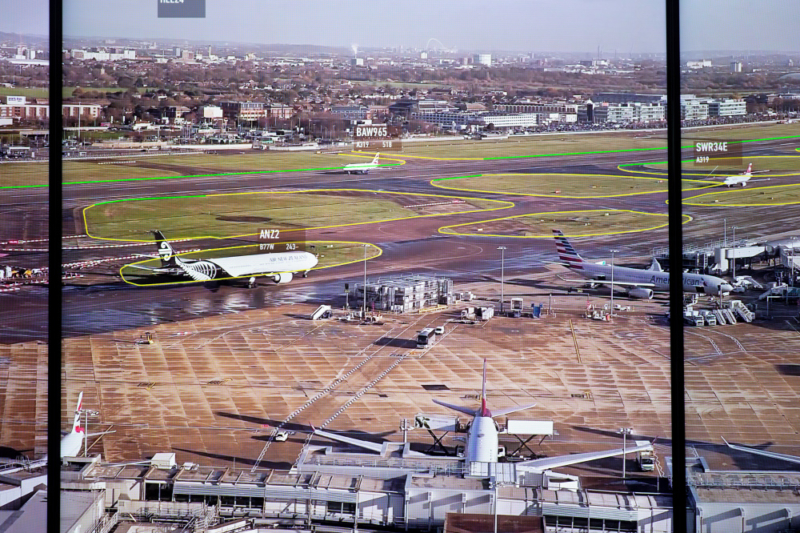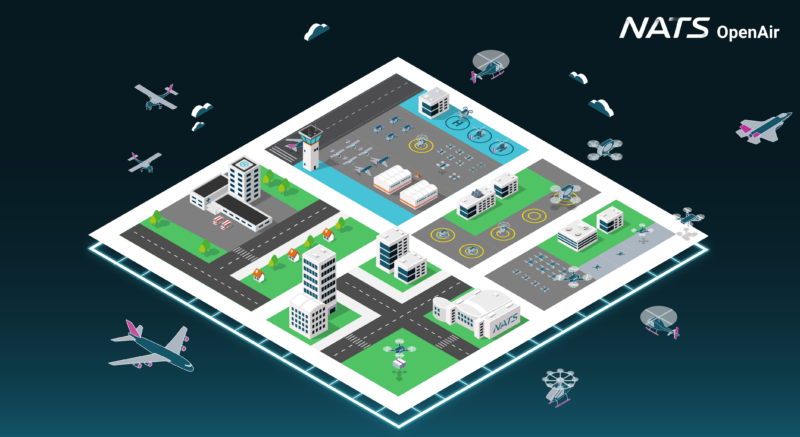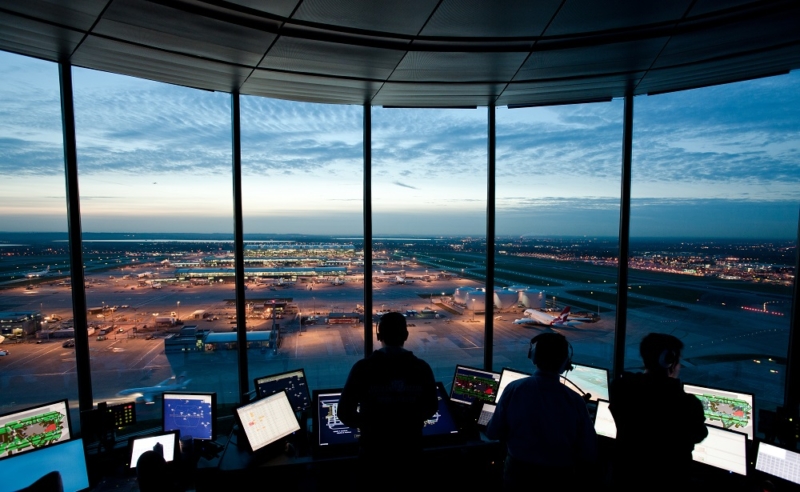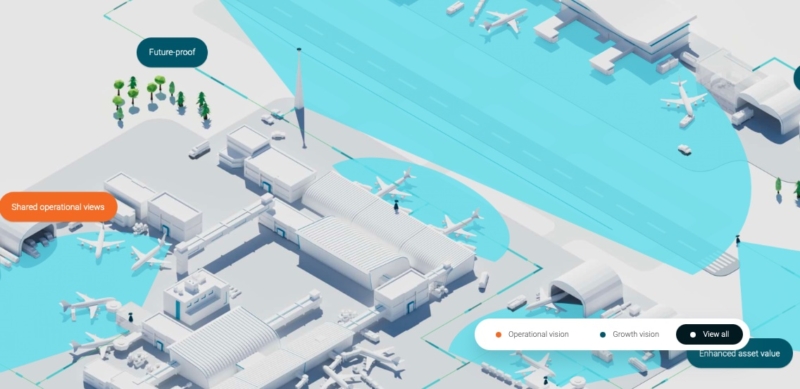Airport digitisation is the true ‘digital tower’ revolution
7 November 2023About 70% of an airport controller’s job is visual and by that, I mean it literally involves looking at aircraft out of windows. Barring some added support tools, that’s been the case since the very first control tower was built at Croydon airport in 1920. If you visit Heathrow or most other airports around the world today, the controllers are still largely reliant on being able to see planes through big panes of glass. That’s why, when that’s not possible due to low visibility, the operation has a slow right down.
Now my teachers always told me that you don’t get paid for staring out of windows and as an ex-controller I’m rather glad to have proved them wrong, but when you really stop to think about it, it’s surprising that things haven’t moved on more significantly in the last 100 years. That’s not to underplay the vital and skilled role tower controllers play, but it does strike me as remarkable that technology doesn’t play a greater role in supporting them.
When an operation is reliant on visual, ‘analogue’ data, that is data that cannot be accessed, analysed, shared, augmented or enhanced. In short, it can’t be harnessed to improve the operation. That’s where we’re trying to shift the paradigm with digital towers and the technology that underpins them. Once you digitise those views, you open up a whole new world of possibilities.
Watch Andy demonstrate a range of AI enabled tools deployed by NATS and Searidge around the world in this 360 tour of the Heathrow Digital Tower Laboratory.
This is much, much more than the idea of simply ‘remoting’ an airport operation to a location away from the airfield. In fact, we’re seeing far more interest now from airports wanting to deploy digital towers on-site, either in a bespoke built digital control facility, or as a hybrid set up where technology is used to augment the airport’s existing tower to extend its life and capability.
Introducing cameras into the airport operation, whether fully digital or hybrid, brings some immediate advantages. Locations on the airfield that could be kilometres aways from the tower cab are now viewable with pinpoint clarity. Views that were once obscured are now clear and close, with the option to then overlay important flight information. This enhances a controller’s situational awareness and allows the air traffic service to adapt and grow as the airport itself does. It could also do away with the need for multiple control towers, as many of the world’s largest airports have, with all the cost and complexity that adds.
But this is about much more than just giving controllers better views, as important as that is.

Once you have digitised the ‘out of the window’ view, you can really start to make a difference and not just in the tower but across the entire airport operation. That visual data can be used to create all manner of tools that can transform airport performance. Together with Searidge Technologies, we’ve been developing several that are now live and in use at airports around the world.
Everything from stand plan optimisation, hold line surveillance, traffic light automation, CDM integration and even a fully digital Airport Performance Operation Cell are now deliverable on a single technology platform. This is only possible because we have turned that visual data from analogue to digital and it is the true game-changer when it comes to airport digitisation and performance. Even then, this is only the beginning if you also factor in the work we’re doing with Searidge to incorporate Artificial Intelligence and machine learning.
Sadly, I can’t be at the Dubai Airshow next week, but my colleague Edwin Pang will be talking about many of these aspects 13 November on the Aviation Mobility Stage. I’m sure it will be a fascinating session and I’m sorry to be missing it, but there is no doubt that we truly are entering a new phase of airport digitisation and performance.
Comments
Please respect our commenting policy and guidelines when posting on this website.



